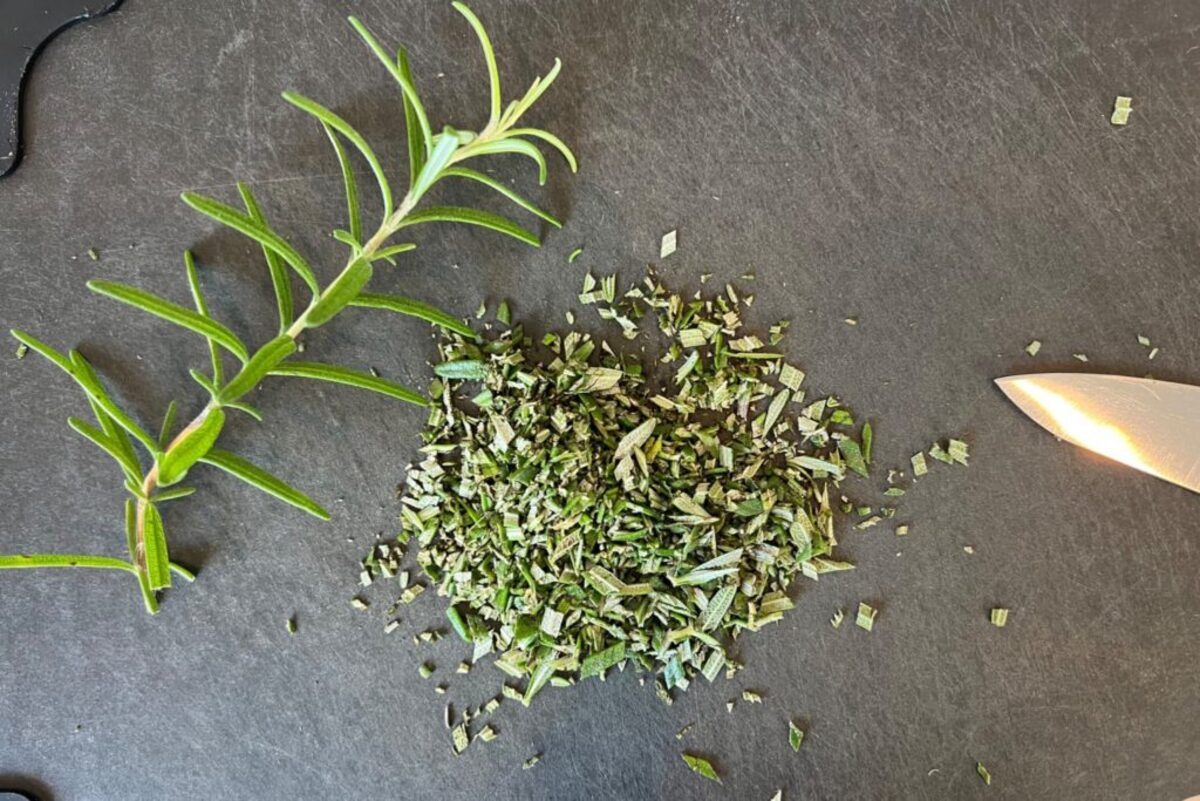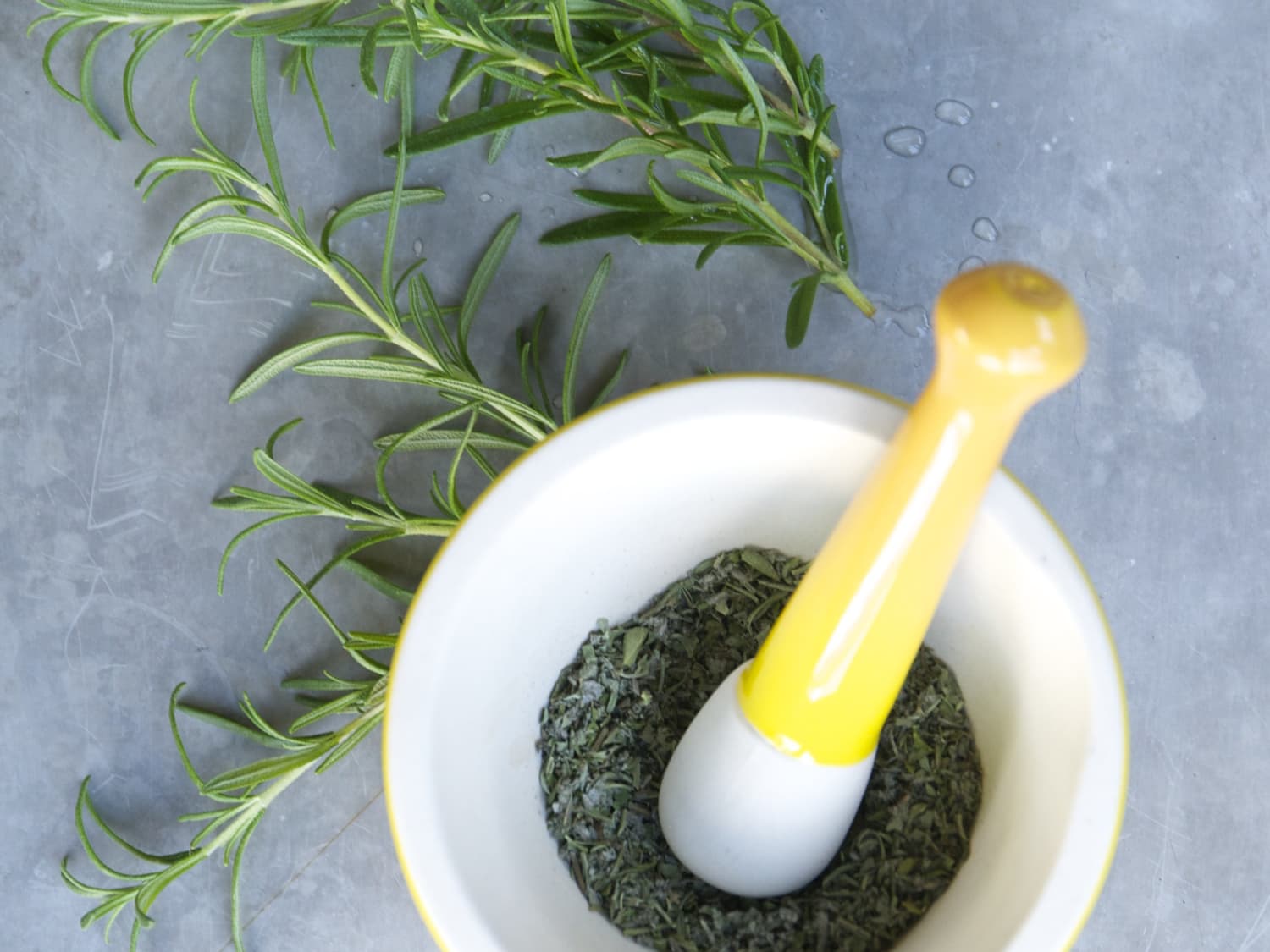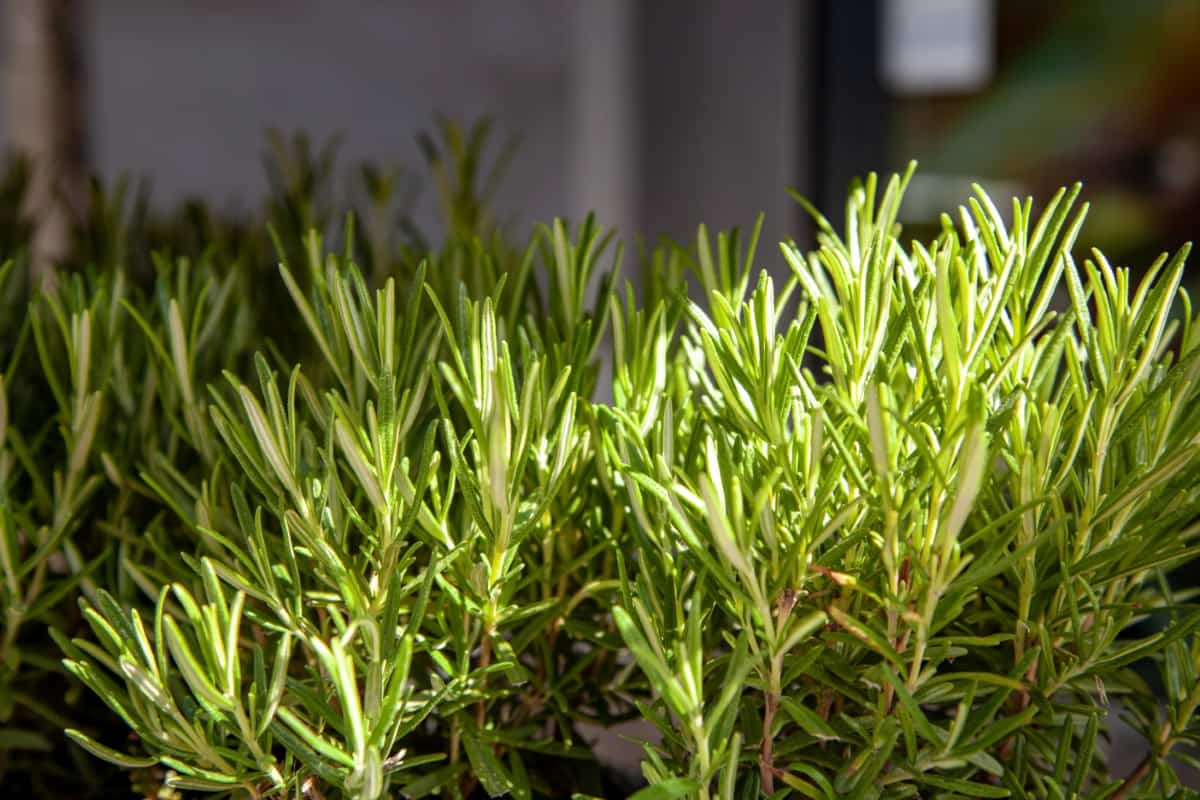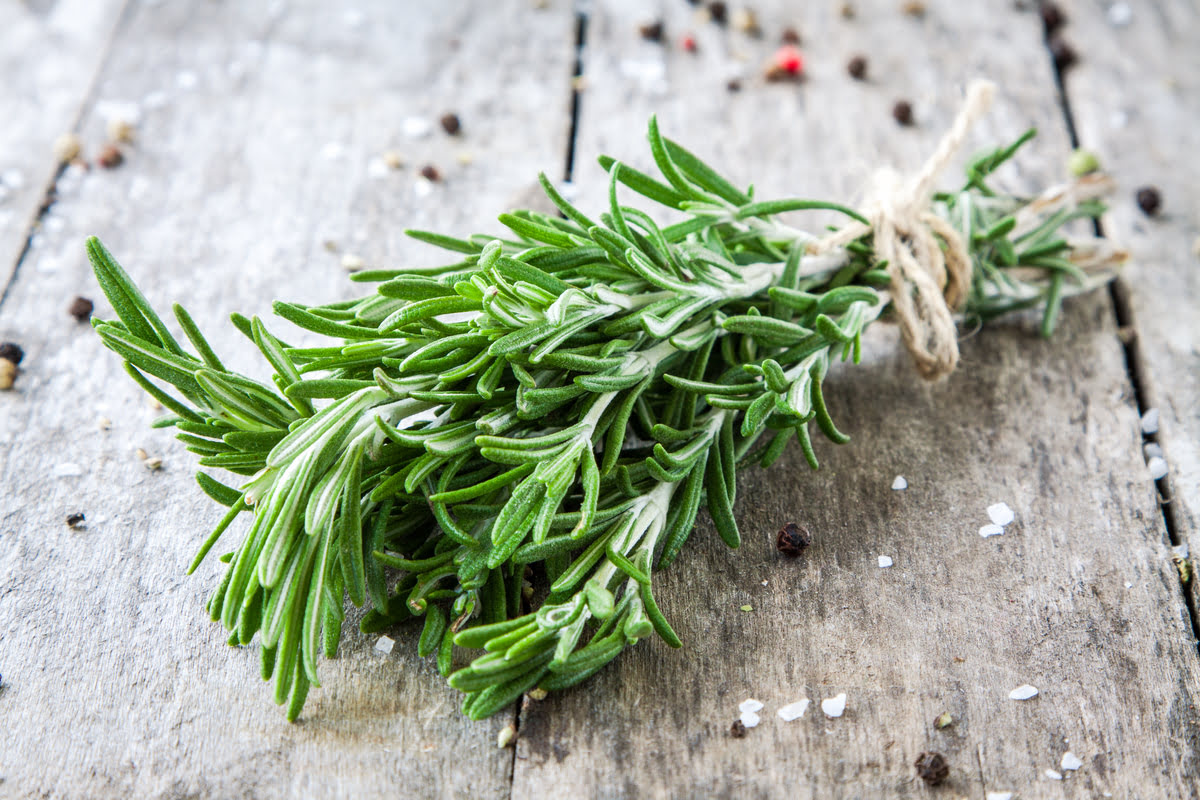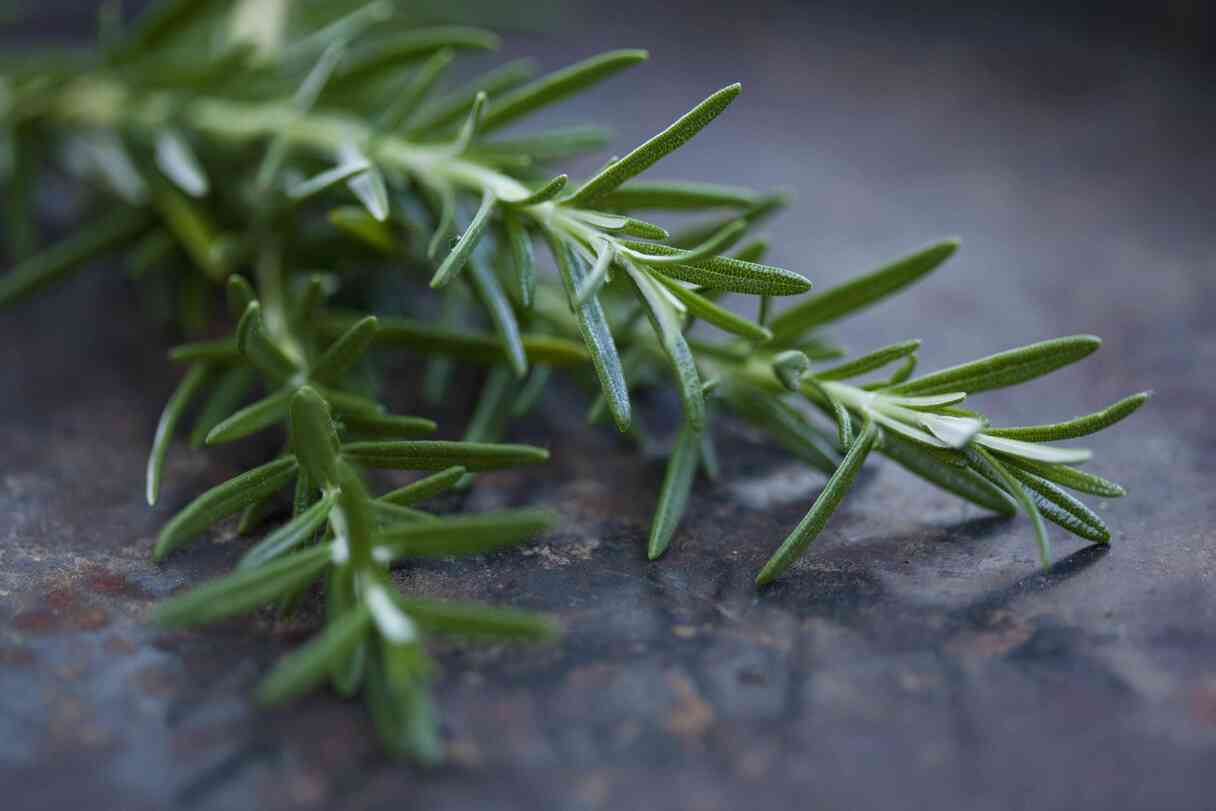Home>Types of Gardening>Edible Gardening>How To Know If Rosemary Is Dead
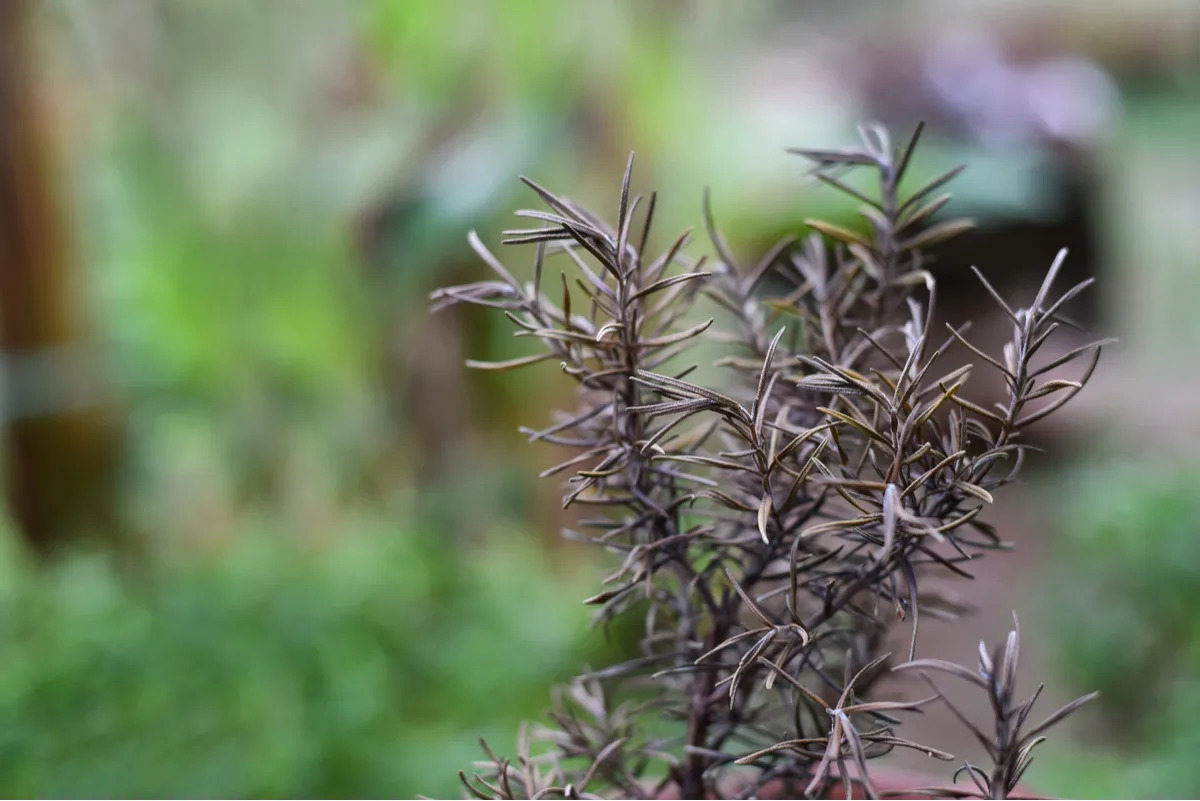

Edible Gardening
How To Know If Rosemary Is Dead
Published: January 29, 2024
Learn how to determine if your rosemary plant is dead and get expert tips for edible gardening.
(Many of the links in this article redirect to a specific reviewed product. Your purchase of these products through affiliate links helps to generate commission for Chicagolandgardening.com, at no extra cost. Learn more)
Table of Contents
Introduction
Rosemary (Rosmarinus officinalis) is a popular herb known for its aromatic leaves and distinctive fragrance. It is a versatile herb that is commonly used in cooking, aromatherapy, home remedies, and even as a decorative plant in gardens. However, like any other living organism, rosemary plants can sometimes face challenges that result in their decline or death.
Knowing whether your rosemary plant is dead or just experiencing a rough patch can be crucial in determining the next steps to take. In this article, we will guide you through the signs of a dead rosemary plant, the common causes of rosemary plant death, and provide steps to help you revive a potentially dead plant.
While gardening can be a rewarding and enjoyable activity, it does come with its fair share of challenges. Factors such as inadequate watering, extreme temperatures, pests, diseases, and even human error can contribute to the demise of a rosemary plant. By understanding the signs of a dead plant and the reasons behind it, you can take appropriate action to revive or replace it.
So, if you notice your rosemary plant looking less vibrant, droopy, or have concerns about its overall health, continue reading to learn how to determine if your rosemary is dead and how to potentially bring it back to life.
Signs of a Dead Rosemary Plant
Recognizing the signs of a dead rosemary plant is essential in determining whether your plant is beyond revival. While some signs may be obvious, others may require a closer inspection. Here are some key indicators to look out for:
- No new growth: One of the first signs that your rosemary plant may be dead is the lack of new growth. If you notice that your plant hasn’t produced any fresh leaves or shoots for an extended period, it could indicate that it is no longer alive.
- Brittle and brown stems: Dead rosemary plants often have dry, brittle, or brown stems. Gently bend the stems – if they snap easily and are brown throughout, it suggests that the plant has died.
- No response to pruning: When a rosemary plant is healthy, pruning stimulates new growth. However, if your plant does not respond to pruning and remains lifeless, it may be a sign that it is dead.
- Yellow or brown leaves: Yellowing or browning leaves can be an indication of both overwatering and underwatering. However if the entire plant has yellow or brown leaves and they are falling off in excessive amounts, it may be a sign of a dead or dying rosemary plant.
- Foul odor: A strong unpleasant odor emanating from the plant can be a sign of decay and indicates that the plant has died.
- Root decay: If you carefully inspect the root system and find rotting or mushy roots, it is a clear sign that the plant is dead. Healthy rosemary roots should be firm and white.
Remember that it is normal for rosemary plants to experience occasional leaf browning or shedding, particularly during seasonal transitions. However, if multiple signs are present and your plant shows little to no signs of life, it is likely that it has reached the end of its lifespan.
Next, let’s explore some common causes of rosemary plant death to better understand what may have led to the demise of your plant.
Common Causes of Rosemary Plant Death
Several factors can contribute to the death of a rosemary plant. Understanding these common causes can help you prevent future plant losses and ensure the health and vitality of your rosemary. Here are some of the main reasons why rosemary plants may die:
- Overwatering: Rosemary plants require well-draining soil, and excessive watering can lead to root rot, causing the plant to die. It’s crucial to allow the soil to dry out between watering to prevent waterlogged conditions.
- Underwatering: On the other hand, neglecting to water your rosemary plant adequately can also lead to its demise. Rosemary plants prefer regular, consistent watering to keep the soil evenly moist but not overly saturated. Extended periods of drought can stunt the plant’s growth or cause it to wither and die.
- Extreme temperatures: Rosemary plants are native to Mediterranean regions and prefer a warm, sunny environment. Exposure to extreme cold or severe heat can stress the plant and ultimately result in its death.
- Pests and diseases: Rosemary plants are generally resistant to pests and diseases. However, infestations by aphids, spider mites, or fungal diseases like powdery mildew can weaken the plant and lead to its demise if not addressed promptly.
- Improper soil conditions: Rosemary plants thrive in well-draining soil that is slightly acidic, with a pH between 6.0 and 7.0. Planting rosemary in heavy clay or compacted soil can hinder root growth and eventually cause the plant to die off.
- Transplant shock: When transplanting a rosemary plant, it may experience shock and undergo a period of adjustment as it adapts to its new location. If not properly cared for during this transition, the plant may struggle and die.
Ensuring proper care, such as providing the right amount of water, sunlight, and suitable soil conditions, can significantly reduce the risk of your rosemary plant dying. Regularly inspecting your plant for signs of pests, diseases, and environmental stress can also help catch problems early and prevent their escalation.
Now that we’ve explored the common causes of rosemary plant death, let’s move on to the next section to learn how to confirm if your rosemary is indeed dead.
How to Confirm if Rosemary is Dead
If you suspect that your rosemary plant may be dead, there are a few steps you can take to confirm its condition. These methods will help you determine whether your plant can be revived or if it is truly deceased:
- Scratch test: Start by gently scratching the bark or stem of your rosemary plant with your fingernail or a small knife. If you notice any green tissue beneath the outer layer, it is a positive sign that the plant is still alive. However, if the stem and branches are dry and brittle throughout, it indicates that the plant has died.
- Bend test: Another method is to gently bend a stem of the rosemary plant. Living plants are flexible and will spring back when released. If the stem snaps easily and does not bounce back, it suggests that the plant has perished.
- Resilience test: Assess the overall health of your rosemary plant by observing its resilience to environmental factors. Expose the plant to different light conditions and monitor its response. If there is no improvement and the plant shows no signs of recovery after a reasonable amount of time, it may be an indication that it is dead.
- Root examination: Carefully remove the plant from its pot or dig around the root system if it is planted in the ground. Inspect the roots for any signs of decay, such as a foul smell, mushy texture, or discolored appearance. Healthy rosemary roots should be firm and white. If the roots are brittle or rotting, it is an indication that the plant has died.
By conducting these tests, you can gather more information about the state of your rosemary plant and make an informed decision on the next steps to take.
If your plant is confirmed to be dead, it’s important not to get discouraged. Sometimes, despite our best efforts, plants can still succumb to unfavorable conditions. However, if you determine that your rosemary plant is still alive but struggling, don’t lose hope just yet. In the following section, we will outline steps to potentially revive your rosemary plant.
Steps to Revive a Potentially Dead Rosemary Plant
If your rosemary plant shows signs of being potentially dead, there are steps you can take to try to revive it. While there is no guarantee of success, these methods have proven effective in giving struggling rosemary plants a fighting chance:
- Assess the growing conditions: Review the environmental factors that may have contributed to the decline of your rosemary plant. Ensure it is receiving enough sunlight, is planted in well-draining soil, and is not exposed to extreme temperatures or drafts.
- Trim away dead parts: Carefully prune away any dead or dried-out stems and branches from the plant. This will promote new growth and help redirect the plant’s energy towards healthier areas.
- Adjust watering: Analyze your watering practices. Make sure you are providing sufficient water without overwatering. Allow the top inch of soil to dry out before watering, and avoid letting the roots sit in standing water.
- Fertilize: Apply a balanced liquid or slow-release fertilizer specifically formulated for herbs. This will provide essential nutrients to the struggling plant and encourage new growth.
- Consider repotting: If your rosemary is in a container, it may benefit from being repotted into fresh, well-draining soil. Gently loosen the root ball and replant it in a larger pot with a mixture of potting soil and compost.
- Provide supplemental care: If the plant is in a challenging environment or experiencing unfavorable weather conditions, consider providing additional care. This could include using a protective cover during frosty nights or providing shade during scorching hot summer afternoons.
- Be patient: Reviving a potentially dead rosemary plant requires patience. It may take several weeks or even months before you start seeing signs of improvement. Monitor the plant closely, making adjustments as needed, and give it time to recover.
While these steps can give your plant a chance to revive, it is important to remember that not all plants will recover. If your rosemary plant shows no signs of improvement after a reasonable amount of time, it may be time to accept its fate and consider replacing it with a new healthy plant.
By following these steps and providing proper care and attention, you may be able to revive your potentially dead rosemary plant and enjoy its vibrant presence once again.
Conclusion
Rosemary plants can bring beauty, fragrance, and culinary delight to our gardens and homes. However, it’s important to be aware of the signs of a dead rosemary plant and understand the common causes of its demise. By closely observing your plant and conducting tests, you can confirm if it is indeed dead or just struggling.
If your rosemary plant has passed the point of revival, don’t be disheartened. Sometimes, despite our best efforts, plants can succumb to unfavorable conditions. However, if there is still a glimmer of life, you can take steps to try and revive it.
By assessing the growing conditions, trimming away dead parts, adjusting watering practices, fertilizing, considering repotting, providing supplemental care, and being patient, you can give your rosemary plant a chance to bounce back. Remember, not all plants will recover, and it may be necessary to replace your rosemary plant if it shows no signs of improvement.
In your journey of growing and tending to rosemary plants, it’s essential to remain adaptable and learn from each experience. By understanding the needs of rosemary, providing appropriate care, and taking early action when problems arise, you can increase your chances of maintaining healthy and thriving plants.
So, whether you’re a seasoned gardener or a beginner, keep an eye on the signs, nurture your rosemary plants, and enjoy the bountiful benefits they bring to your gardening and culinary endeavors.

